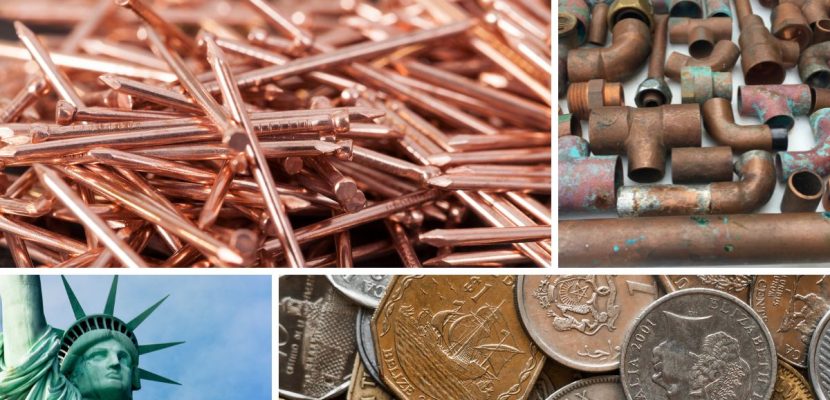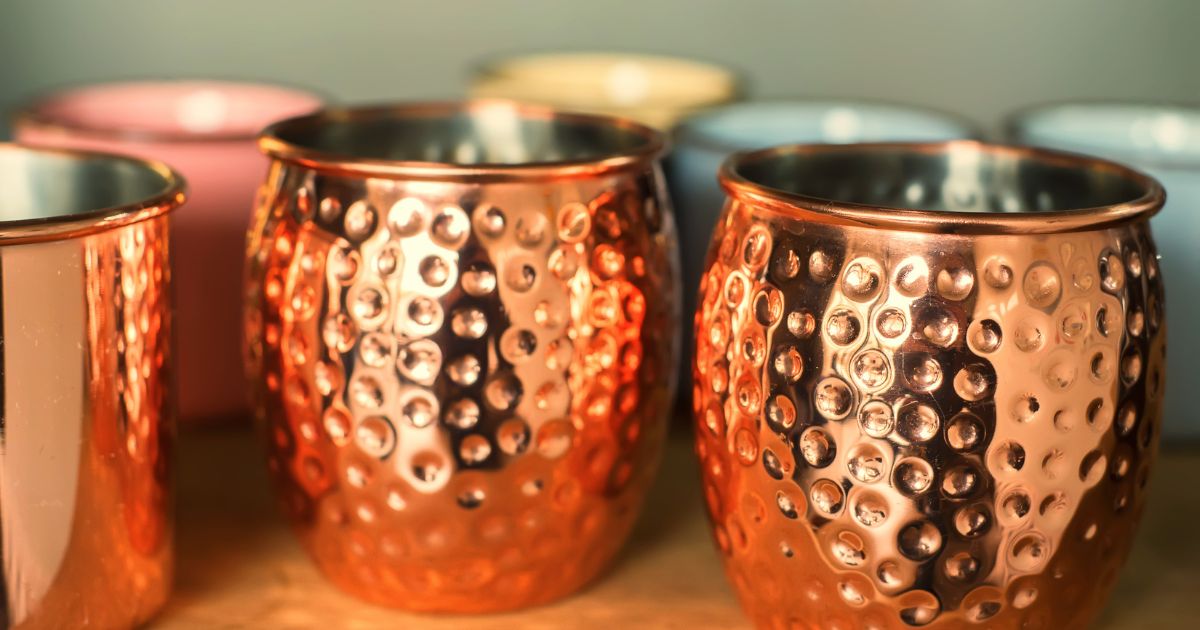Did you know copper has some interesting properties and uses? In this article, we will explore some fun copper facts.
Copper’s Excellent Conductivity
Copper is used extensively in electrical applications due to its outstanding conductivity. It transmits electricity very efficiently with minimal energy loss, making it ideal for power lines and household wiring. Estimates suggest that over 60% of all copper ever produced remains in active use, especially in infrastructure like circuits and appliances that rely on conveyance of electricity over long distances. Its conductivity helps enable modern life and supports sustainability goals by allowing the expansion of renewable power on grids.
Copper’s Role in the Body
The average person contains around 100mg of copper naturally in their system. This essential trace element assists protein synthesis and melanin production. Copper deficiency negatively impacts health, with problems in bone/brain/nerve function. Dietary copper intake through foods like shellfish, nuts and chocolate helps our bodies absorb the recommended 900 microgrammes daily. Copper supports key metabolic processes for overall wellness.
Copper’s Role in Piping
As one of the best-conducting metals, copper excels at transferring both hot and cold water through buildings. Its endurance and resistance to corrosion give plumbing long lifespans. Copper first emerged as the material of choice for fluid distribution centuries ago, and plumbing/HVAC blueprints still rely on its thermal conductivity to ensure even heated water flow. Trades value its formability too. Whether for home H20, heat or suppression systems, copper rises to fluid handling challenges thanks to inherent properties.
Nature’s Copper-Based Blood
Some sea creatures utilise hemocyanin rather than haemoglobin for oxygen transport. This copper-protein solution gives blood of cephalopods like octopuses its distinctive blue hue. Where iron bioavailability is low, nature selected copper to bind oxygen molecules instead, evolving an adaptive blood system. Copper allowed colonisation of diverse ocean zones through hemocyanin’s reversible and efficient delivery of oxygen to tissues. Beyond pigment differences, copper succeeds even in essential biological functions alternative to our own.
The Statue of Liberty’s Copper Exterior
The iconic Statue of Liberty draws over 3 million visitors yearly to see its endurance firsthand. Composed of over 150,000 lbs of copper sheets, the patinated green exterior withstands corrosion from sea air thanks to the metal’s resistant properties. Gifts of franc coins financed this durable material choice over a century ago. Though weathering requires regular conservation, copper continues defending freedom’s frame as waves once defended New York Harbour—both symbol within symbol standing resilient against environmental elements through durable ongoing maintenance.
Copper Coins Throughout History
Early civilisations minted practical, anti-counterfeiting copper coins as primitive currency. Copper endures in circulating modern pennies, cents and lower denominations for hardness, wear-resistance and conductivity in alloys. Billions of coins over millennia testify to copper’s dependability – from ancient Middle East and Rome to today’s global economy. Each passing coin integrates this elemental foundation of trade into generations of hands. Regardless of changing powers or financial fluctuations, copper maintains commerce through familiar relics carefully linking past and present with every tactile transaction.
Copper is a Recyclable Resource for Generations
As one of humanity’s most recycled materials, copper can be remelted and reused indefinitely without loss of quality. This circular property benefits both infrastructure and the environment by reducing waste and emissions from extracting virgin material. With proper recycling systems, copper ensures longevity across multiple product lifecycles.
Metro Copper Recycling makes it easy to recycle copper and earn cash for materials. Through conscientious recycling, from businesses to individuals, we can extend copper’s gift of efficiency while conducting sustainably for generations to come. Call us if you need assistance facilitating copper recycling in Melbourne or have any questions.
Copper’s Economic Importance
As a critical industrial metal, copper holds strategic economic value worldwide. Its widespread applications support many jobs and markets. For example, construction relies on copper piping and wiring in buildings, while electronics depend on this highly conductive material. Even small fluctuations in copper production or costs can impact whole industries and global trade. Metro Copper provides the best scrap copper prices in Melbourne.
Copper’s Artistic Inspiration
Across millennia, copper fuelled creative expression thanks to its versatile properties. Stained glass, religious objects and ancient sculptures leveraged workability. Its stability conveyed intricate embossing, whereas patinas imparted inspiration for outdoor installations and living artwork. Copper elements enhance acoustics in instruments and remain an experimental mixed media canvas. Whether in galleries or public spaces, copper artworks built to last engage audiences through generations—a testament to the enduring artistic inspiration drawn from this adaptive, multi-tonal material.






